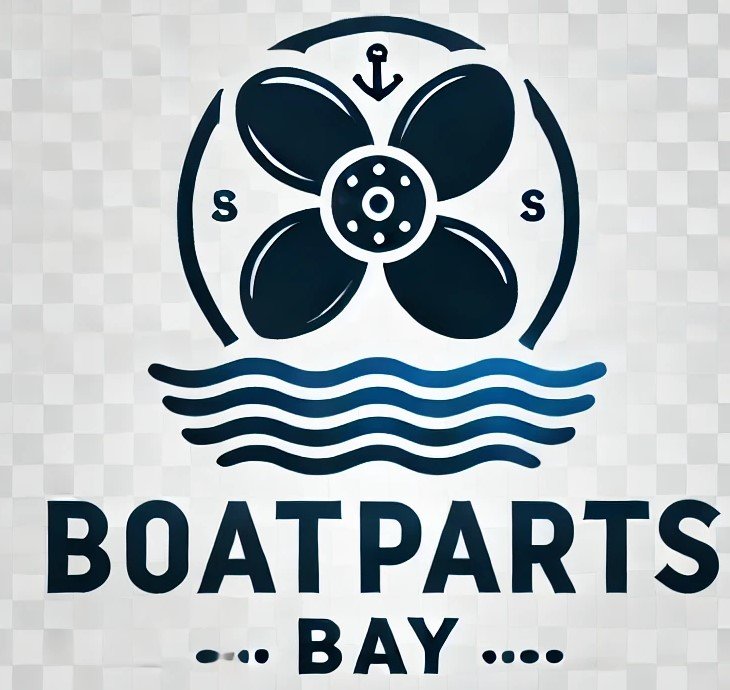Selecting the right propeller for your boat is important and crucial for optimizing best performance, efficiency, and handling. With various sizes, materials, and designs available, finding the perfect propeller can seem overwhelming. This guide will help you to navigate the selection process by outlining key factors to consider and providing tips to make sure you make the best choice for your vessel.
1. Understand Your Boat’s Needs
Why It Matters: The right propeller depends on your boat’s type, usage, and performance goals. Different boats require different propeller characteristics to achieve optimal performance.
Key Considerations:
- Boat Type: Determine if your boat is a fishing boat, speedboat, sailboat, or another type, as this influences the propeller’s design requirements.
- Usage: Consider whether you’ll be using your boat for cruising, watersports, or commercial activities, which impacts the propeller’s size and pitch.
2. Choose the Right Propeller Size
Why It Matters: Propeller size affects your boat’s speed, fuel efficiency, and handling. Choosing the right size make sure your boat performs as intended and avoids potential damage.
Key Factors:
- Diameter: The diameter of the propeller affects thrust and performance. Larger diameters generally provide more thrust but may reduce top speed.
- Pitch: Pitch refers to the distance a propeller would travel in one revolution if it were moving through a solid. A higher pitch increases top speed but may reduce acceleration, while a lower pitch improves acceleration but may limit top speed.
Tips for Selecting Size:
- Check Manufacturer Recommendations: Refer to your boat’s manual or manufacturer recommendations for the optimal propeller size.
- Consult a Professional: If unsure, seek advice from a marine expert to determine the best size based on your specific boat and usage.
3. Select the Right Propeller Material
Why It Matters: Propeller material impacts durability, performance, and cost. Each material has its advantages and is suited for different conditions and applications.
Common Materials:
- Aluminum: Lightweight and cost-effective, aluminum propellers are ideal for recreational boats and provide good performance for their price.
- Stainless Steel: Known for its strength and durability, stainless steel propellers offer better performance, particularly in high-speed or heavy-duty applications, but come at a higher cost.
- Composite: These propellers combine materials for added strength and resistance to corrosion, making them suitable for various boating conditions.
Tips for Material Selection:
- Assess Conditions: Consider the typical boating conditions, such as saltwater or freshwater, to choose a material that will withstand environmental factors.
- Balance Cost and Performance: Weigh the benefits of each material against your budget and performance needs.
4. Understand Propeller Types and Designs
Why It Matters: Different propeller designs affect handling, performance, and efficiency. Choosing the right type helps tailor your boat’s performance to your preferences and requirements.
Common Propeller Types:
- Three-Blade Propellers: These are versatile and provide a balance between performance and fuel efficiency, suitable for most general boating needs.
- Four-Blade Propellers: Offering smoother operation and better grip, four-blade propellers are ideal for high-performance boats or those carrying heavy loads.
- Variable-Pitch Propellers: These allow adjustment of the blade pitch to optimize performance under various conditions, providing flexibility for different boating activities.
Tips for Design Selection:
- Evaluate Performance Needs: Determine if you need better acceleration, top speed, or smooth handling to choose the most suitable design.
- Test Different Types: If possible, test different propeller types to find the one that best matches your boat’s performance characteristics.
5. Consider Additional Features
Why It Matters: Some propellers come with additional features that enhance performance and durability. These features can offer added benefits for specific boating applications.
Additional Features:
- Ventilation Ports: These help reduce cavitation and improve performance in certain conditions.
- Rake and Cup: The angle of the blades (rake) and their curvature (cup) affect how the propeller interacts with the water, impacting performance and handling.
Tips for Feature Selection:
- Match Features to Needs: Choose features that align with your boating style and performance goals.
- Consult Experts: Seek advice from marine professionals to understand which features will benefit your specific setup.
6. Maintain and Adjust Your Propeller
Why It Matters: Regular maintenance and adjustments ensure optimal performance and extend the lifespan of your propeller.
Maintenance Tips:
- Inspect Regularly: Check for signs of wear, damage, or corrosion and address issues promptly.
- Proper Installation: Ensure the propeller is correctly installed and adjusted for your boat’s needs.
- Balance and Pitch Adjustments: Adjust the balance and pitch as needed to maintain peak performance and efficiency.
Choosing the right propeller for your boat enhances performance, fuel efficiency, and overall handling. By understanding your boat’s needs, selecting the appropriate size, material, and design, and considering additional features, you can make an informed decision that aligns with your boating goals. For expert assistance or to explore our range of high-quality propellers, visit Boat Parts Bay.
